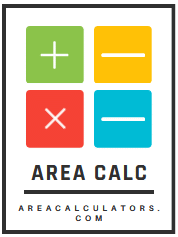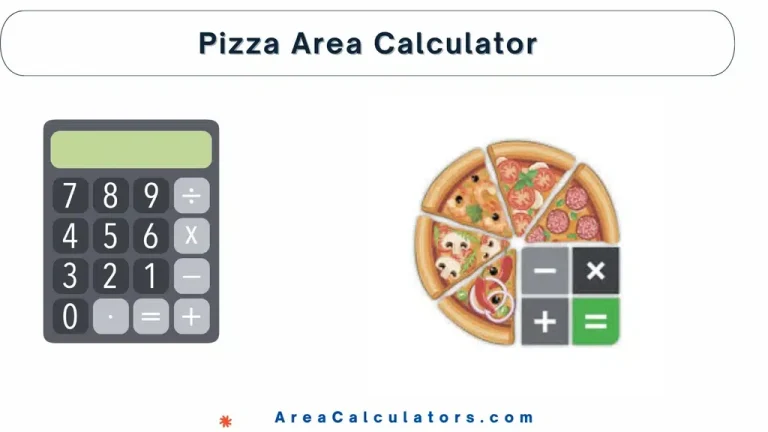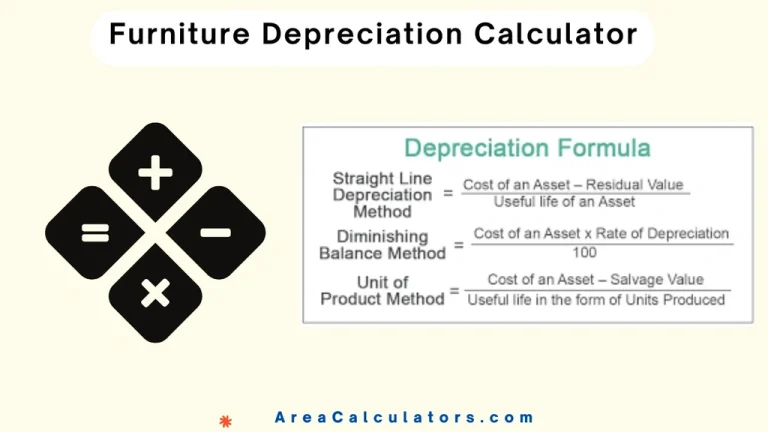Population Prediction Calculator
To predict future population, use the formula P=P0×(1+r)t where P₀ is the current population, r is the annual growth rate, and t represents time in years.
The Population Prediction Calculator is a helpful tool for forecasting population growth based on current statistics and a specified growth rate. This calculator is valuable for fields such as demography, urban planning, and environmental science.
Because, the population trends influence decision-making and resource allocation. It provides insights into future population sizes, helping users analyze potential trends and project outcomes for various scenarios.
Formula
Variables
| Variable | Description |
|---|---|
| Projected population | |
| Current population | |
| Annual growth rate (in decimal form) | |
| Time in years |
Solved Calculations
Example 1:
| Step | Calculation |
|---|---|
| Current Population () | 1,000,000 |
| Growth Rate () | 0.02 (2%) |
| Time () | 10 years |
| Population Prediction | |
| Result | 1,218,994 |
| Answer | In 10 years, the population is predicted to be approximately 1,218,994. |
Example 2:
| Step | Calculation |
|---|---|
| Current Population () | 500,000 |
| Growth Rate () | 0.015 (1.5%) |
| Time () | 5 years |
| Population Prediction | |
| Result | 538,140 |
| Answer | In 5 years, the population is predicted to be approximately 538,140. |
What is a Population Prediction Calculator?
A Population Prediction Calculator is an insightful tool. It enables users to forecast future population trends based on various inputs like growth rates, fertility rates, and carrying capacity. This calculator is particularly useful for demographers, researchers, and policymakers who need to project population figures to aid in strategic planning.
For instance, it can help estimate the expected population in a particular country, region, or community over the next few years or decades. Undoubtedly, by using the calculator, users can predict population. They just need to input factors such as the current population, annual growth rate, and period for prediction.
With these details, the tool applies exponential or logistic growth models to provide population projections. In addition, some advanced calculators incorporate fertility rates and carrying capacities, making predictions more accurate in settings where resources or space might limit growth.
Final Words:
In the end, we can conclude by saying that the Population Prediction Calculator is highly valuable for anyone involved in demographic analysis or future population planning. By offering a quick and reliable way to predict trends, it supports informed decision-making in urban planning, resource allocation, and policy development.





